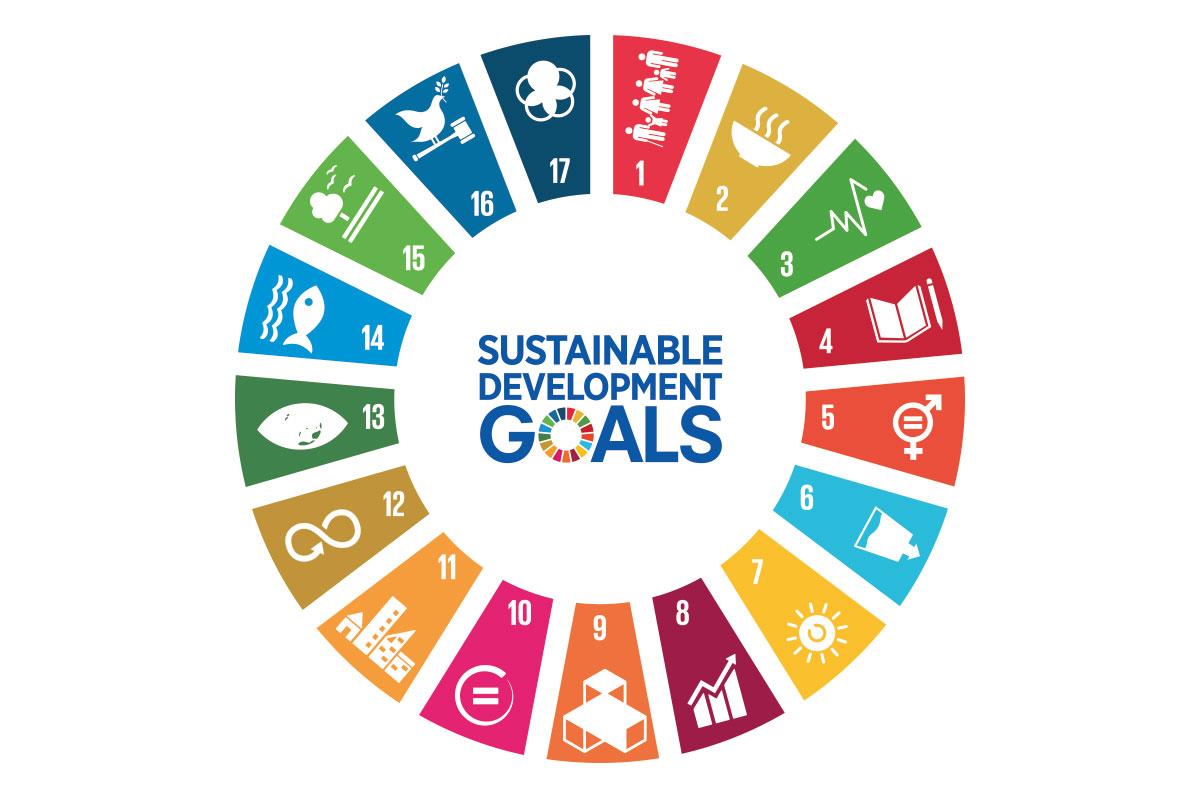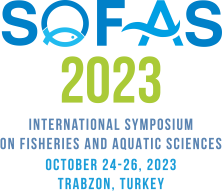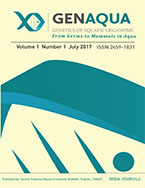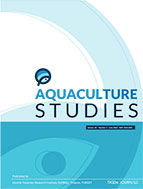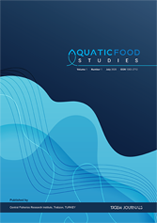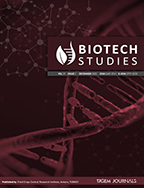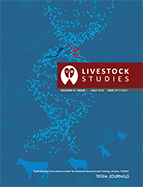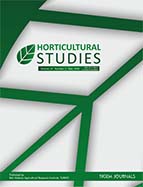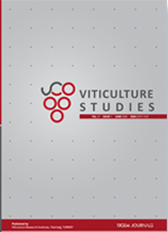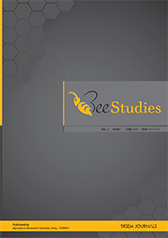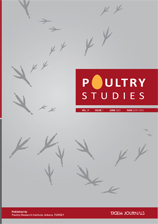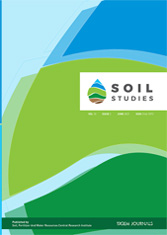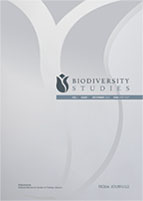Turkish Journal of Fisheries and Aquatic Sciences
2026, Vol 26, Num, 4 (Pages: TRJFAS27233)
Chinese Soft-shelled Turtle, Pelodiscus sinensis, Monoculture and Co-culture with Rice Models-ecological and Economic Result
2 Anhui Engineering Research Center for Turtle Farming Technology, Anhui Xijia Agricultural Development Co., Bengbu, 233701, China
3 Anhui Jie & Xiang Aquaculture Co., Hefei, 231200, China
4 Tongcheng Sushi Agricultural Development Co., Anqing, 231440, China
5 Anhui Yutao Agricultural Technology Co., Hefei 230031, China
6 Jingde County Youxian Ecological Turtle Breeding Co. Xuancheng 242605, China
7 Jinshen Town agriculture and rural development center, Anqing, 231440, China
8 Aquatic Ecology and Fish Biology Laboratory, Department of Zoology, Visva Bharati University, Santiniketan, Bolpur, West Bengal 731235, India
9 Bengbu Aquatic Technology Extension Center, Bengbu, 233000, China DOI : 10.4194/TRJFAS27233 Viewed : 394 - Downloaded : 600 The Chinese soft-shelled turtle (Pelodiscus sinensis) is a key aquaculture species in China. This study provides a detailed description of the structural components and technical approaches of two representative cultivation models: intensive pond mono-culture (Model A) and rice-P. sinensis co-culture (Model B). Their respective ecological and economic performances were systematically evaluated. Results showed that water quality parameters and plankton diversity were significantly poorer in Model A compared with Model B. The feed conversion rate (FCR) in Model A (3.07±0.29) was significantly higher than that in Model B (2.80±0.27), whereas the survival rate showed the opposite trend (Model A: 89.42%; Model B: 95%). Both models demonstrated economic feasibility; however, Model A involved substantially greater investment and return, and time to recover initial investment was 4.7 years. In comparison, the time for Model B aligned with the typical cultivation cycle of P. sinensis. Overall, Model A is better suited for aquaculture enterprises with matured technical capacity, large-scale operations, and sufficient financial resources. At the same time, Model B is more appropriate for small- to medium-sized farms with stable sales channels. The findings on aquaculture system design, water quality management, and economic performance provide valuable insights for optimizing P. sinensis production and advancing the sustainable development of this industry. Keywords : Pelodiscus sinensis Cultivation model Water quality Economic benefit


